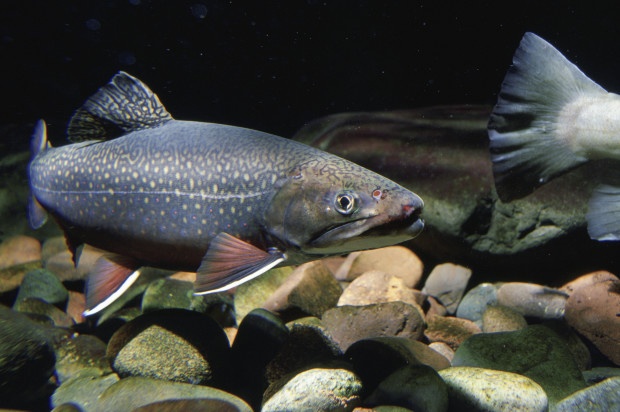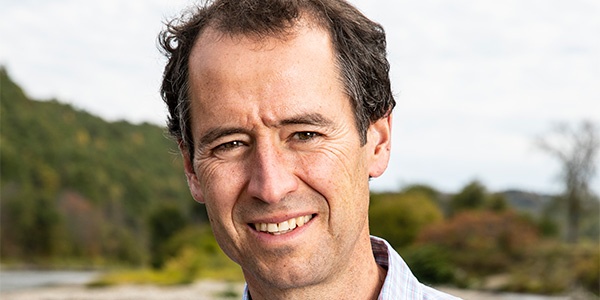We have much more to do and your continued support is needed now more than ever.
Price on Carbon Needed to Protect Wildlife
Paris Talks Call for Action
As the Paris negotiations near their end, hopes for a groundbreaking deal remain high. While negotiators face challenges on issues such as finding an equitable and transparent mechanism for climate finance and India’s willingness to cut a deal, world leaders – from the Pope to President Obama to China’s Xi Jinping – have never before shown such an urgency to address climate change.
Countries have signaled their readiness to adopt an agreement that should limit global warming to about 3° Celsius, a clear improvement over a business-as-usual predicted rise of 4-5°C. But this is still far short of what is needed. We will soon find out whether a push for stronger commitments finds success.

A Price on Carbon for Wildlife
Regardless of what formally comes out of Paris, one thing is becoming increasingly clear – in order to effectively drive down greenhouse gas emissions, the U.S. needs to attach a price to carbon pollution. World leaders have already agreed that average warming should stay below 2°C to avoid the worst costs of climate change to wildlife and people.
The U.S. has made progress over the last few years: putting landmark controls on power plant pollution, improving the efficiency of cars and trucks, and for the first time ever rejecting a major infrastructure project that would have spurred decades of high carbon, high polluting tar sands oil extraction. But these measures fall short of the up to 80% reductions needed from the U.S. by 2050 to stabilize the climate.
A price on carbon has often been seen, at least in the States, as a political non-starter. But it no longer should be. A price on carbon is a common-sense corrective measure that accounts for the existing – and very high – costs from carbon pollution in a manner that will spur the innovation and market changes needed to eliminate those costs.
Simply put, by not pricing carbon in the market, we are allowing the costs of this pollution to be borne by wildlife and communities, while failing to spur the market to get rid of those costs because energy producers don’t have to account for them.
High Costs of Carbon Pollution to Wildlife

And if we don’t properly price carbon, these costs for us and wildlife are going to continue to skyrocket.
A Common-Sense Solution
Fortunately, a price on carbon can be effectively implemented in a way that would have multiple and immediate benefits. Even without high carbon fossil fuels having to bear the costs they impose, zero carbon energy sources like wind and solar are growing exponentially and are already becoming cost competitive with dirtier sources of energy.
Additionally, existing pricing regimes like the Regional Greenhouse Gas Initiative have shown incredible success in generating revenue for investment, protecting rate-payers, spurring renewable innovation, and reducing pollution while allowing for robust economic growth. Such progress should only make it easier to set a national carbon price.
An appropriately set price on carbon would quickly speed the transition to renewable, clean sources in a way that creates jobs, taps into American ingenuity and drives down pollution costs at a pace that will ensure wildlife are safeguarded from the worst impacts of climate change. A pricing regime can also be designed to avoid undue hardship on small businesses and low-income populations, while shoring up impacted communities and restoring habitat.
Unfortunately, as seen by recent votes to overturn the flexible Clean Power Plan, which gives states the ability to enter into trading agreements that would create a de facto price on carbon, and an effort to advance an energy bill that reads like the fossil fuel industry’s Christmas list, many in Congress seem to be out of touch. But with majorities of voters from both sides of the aisle supporting climate action, and Republicans like Senators Ayotte, Kirk, and Collins voting to allow the Clean Power Plan to move forward, the politics are changing.
Deal or no deal out of Paris, the message is getting louder: we need a price on carbon so that wildlife do not end up paying the costs.
 Click to Tweet: “We need a price on carbon so that wildlife and communities don’t end up paying the costs! http://bit.ly/1QfdnIw #ActOnClimate”
Click to Tweet: “We need a price on carbon so that wildlife and communities don’t end up paying the costs! http://bit.ly/1QfdnIw #ActOnClimate”






















